Dear Readers,
AI plays a crucial role in our blog, helping us manage our time more effectively to keep the content flowing. While AI assists with content creation, which may lead to occasional spelling or grammar errors, our primary goal remains clear: to deliver meaningful insights to you. For important matters, please consult a specialist.
Thank you for your understanding and support.
Best regards,
Education.com.cy
Summary
This section explores the impact of prenatal music exposure on newborns, highlighting significant findings from various research studies. During the last three months of pregnancy, the auditory cortex and neurons of a fetus become functional, allowing for responses to musical stimuli. Studies have shown that fetuses respond to music, and these prenatal exposures can influence subsequent infant behavior. For instance, infants exposed to specific musical timbres in utero can discriminate between those timbres and others postnatally. Research involving premature infants has demonstrated that musical experiences can affect vital functions such as heart rate, blood pressure, and respiration. Additionally, infants as young as two months old show preferences for consonant over dissonant intervals, suggesting early perceptual capabilities. By seven months, infants can categorize rhythmic and melodic patterns, indicating advanced cognitive processing. These findings suggest that prenatal music exposure can have a calming influence and support early musical and cognitive development. Further research is needed to determine the long-term effects and critical periods for musical exposure to optimize developmental outcomes.
Introduction
The exploration of prenatal music exposure and its effects on newborns has garnered significant interest in recent years. This area of study delves into how musical stimuli introduced during the final trimester of pregnancy can influence the development and behavior of infants postnatally. Research has shown that the auditory cortex and neurons of a fetus become functional during the last three months of pregnancy, allowing the fetus to respond to external sounds, including music. Studies have provided evidence that these early auditory experiences can have lasting impacts on an infant’s ability to process and respond to music after birth. For instance, infants exposed to specific musical timbres in utero have demonstrated the ability to discriminate between those timbres and others shortly after birth. Additionally, premature infants in intensive care have shown differential physiological responses to various musical styles, indicating that early musical exposure can affect vital functions such as heart rate and respiration. This introduction aims to provide an overview of the existing research on prenatal music exposure, highlighting key findings and identifying areas where further investigation is needed to fully understand the implications of these early auditory experiences on newborn development.
Main Sections
Development of the Auditory Cortex in Fetuses
The development of the auditory cortex in fetuses begins to stabilize and function during the last three months of pregnancy. During this period, the auditory neurons are sufficiently developed to respond to external auditory stimuli, including music. Research has shown that fetuses can indeed respond to musical stimuli, as evidenced by studies that have observed fetal reactions to music through various physiological measures. For instance, Abrams, Griffith, and Huang (1998) and Blum (1998) have documented clear fetal responses to musical sounds.
Furthermore, the introduction of musical sounds in utero, after the auditory cortex has developed, can influence subsequent infant behavior. Olds (1985) suggested that prenatal exposure to music could affect an infant’s behavior postnatally. Supporting this, O’Connell (2003) found that infants exposed to specific musical timbres before birth could discriminate between their prenatal timbre and other similar timbres through heart rate measurements up to one week after birth.
Studies on premature infants have also provided insights into the effects of prenatal music exposure. Lynch, Short, and Chua (1995) demonstrated that musical experience could influence musical processing in infancy. Similarly, Lorch, Lorch, Deifendor, and Early (1994) found that premature infants in intensive care responded with changes in vital functions such as heart rate, blood pressure, and respiration when exposed to different musical styles.
These findings collectively suggest that the auditory cortex’s development in fetuses and the subsequent exposure to music can have significant impacts on newborns, influencing their ability to process and respond to musical stimuli from a very early age.
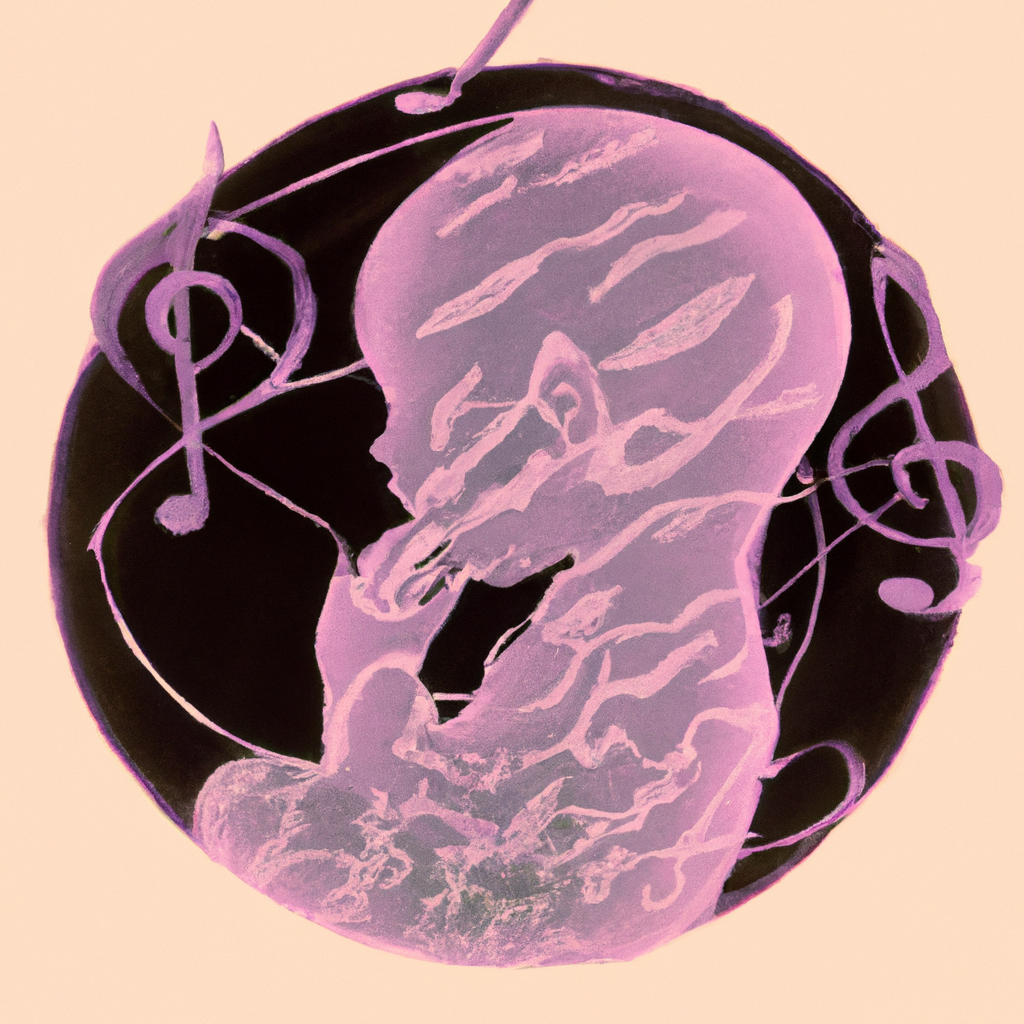
Evidence of Fetal Responses to Music
Evidence of fetal responses to music indicates that the auditory cortex and neurons of a fetus become functional in the last three months of pregnancy. During this period, researchers have observed clear responses to musical stimuli. For instance, studies have shown that fetuses respond to musical sounds introduced in utero, which can subsequently affect infant behavior. One study found that infants exposed to a specific music timbre prenatally could discriminate between their prenatal timbre and other similar timbres through one week of age postnatally. Additionally, premature infants in intensive care environments exhibited differential changes in vital functions such as heart rate, blood pressure, and respiration when exposed to contrasting musical styles. These findings suggest that prenatal music exposure can have a measurable impact on newborns, influencing their auditory processing and physiological responses.
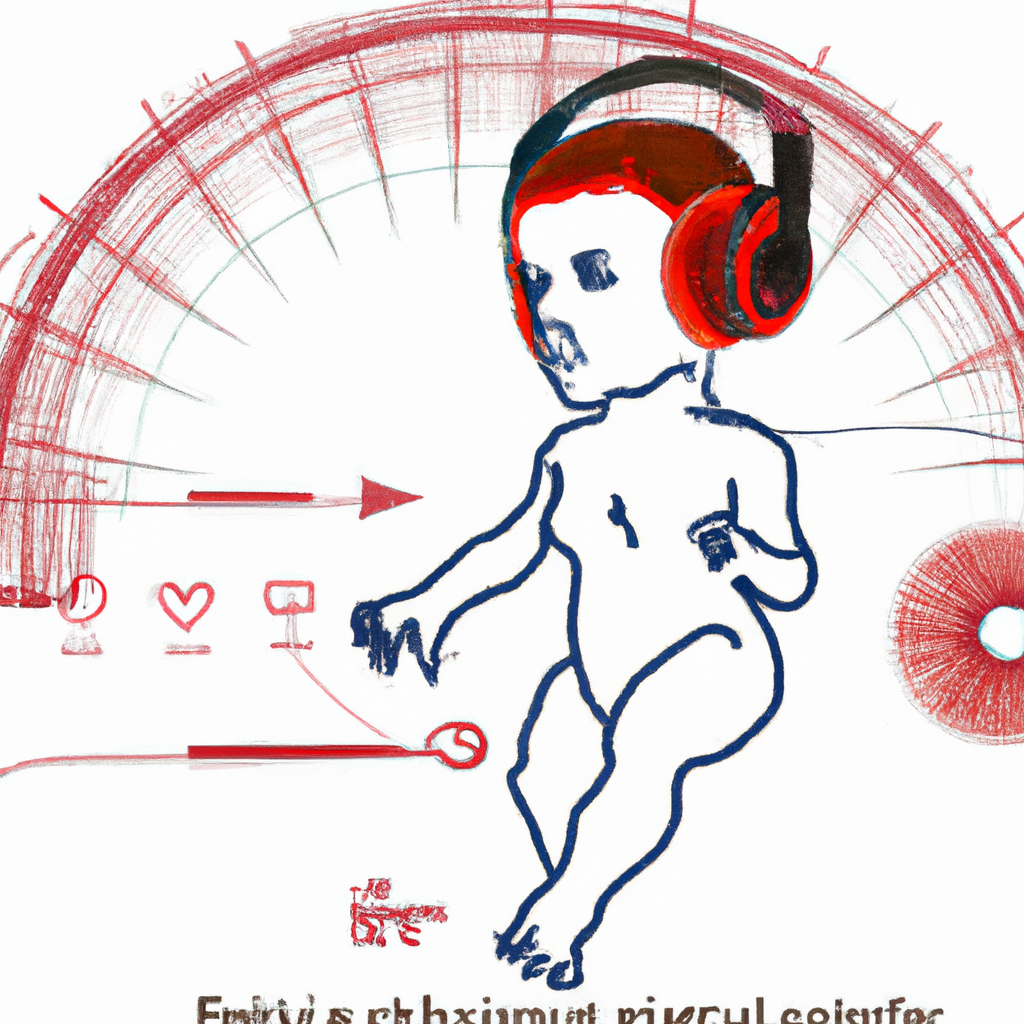
Find out how the strategies discussed in the article
"How Teaching a Song Can Improve Your Child’s Learning and Well-Being"can help address internet addiction in children and teens.
Impact of Prenatal Music Exposure on Newborn Behavior
The impact of prenatal music exposure on newborn behavior has been a subject of interest among researchers. Studies have shown that the auditory cortex and neurons of a fetus stabilize and become functional during the last three months of pregnancy, allowing the fetus to respond to musical stimuli. Evidence suggests that musical sounds introduced in utero can influence subsequent infant behavior. For instance, infants exposed to specific musical timbres prenatally were able to discriminate between their prenatal timbre and other similar timbres shortly after birth. Additionally, premature infants in intensive care environments exhibited differential changes in vital functions such as heart rate, blood pressure, and respiration when exposed to contrasting musical styles. These findings indicate that prenatal music exposure can have a significant impact on newborn behavior, potentially affecting their auditory preferences and physiological responses. Further research is needed to explore the long-term effects of prenatal music exposure and to determine whether there are critical periods during which such exposure is most beneficial for future musical development.
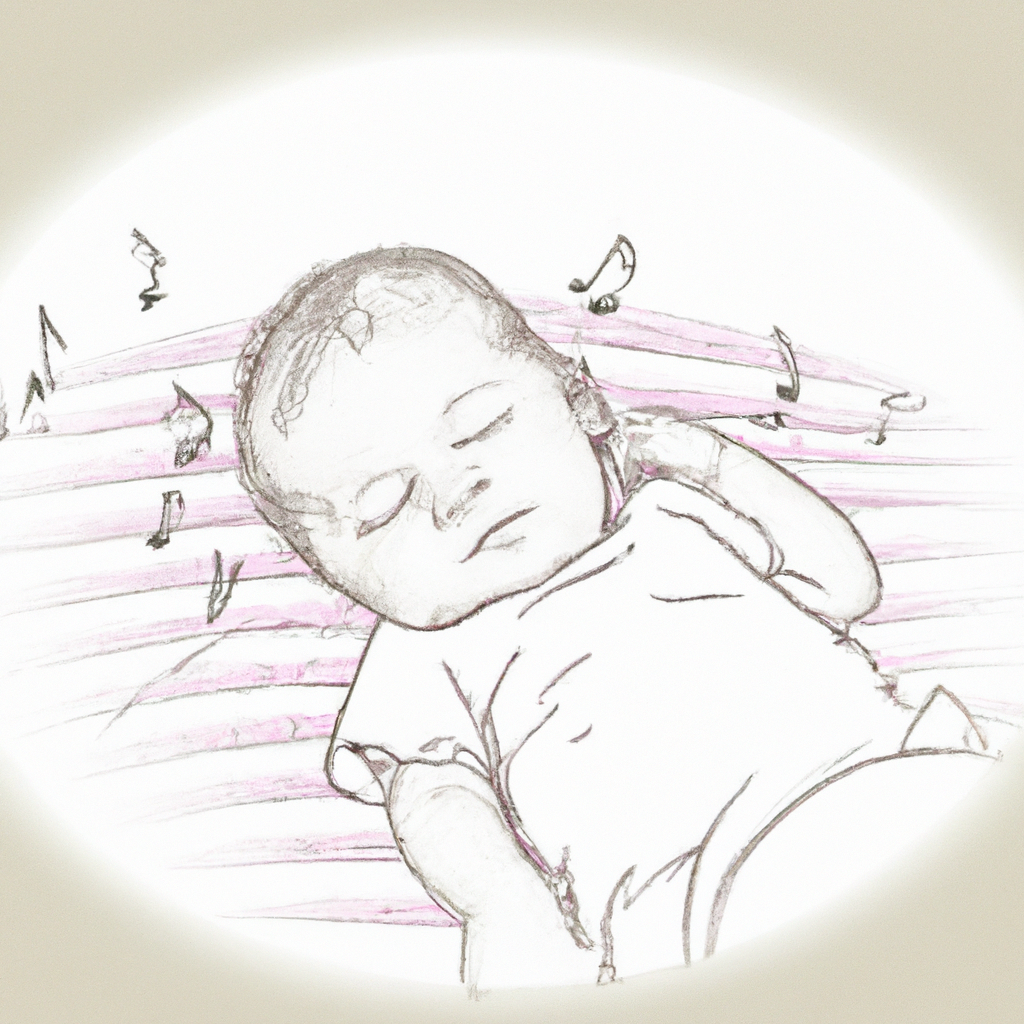
Long-term Effects of Prenatal Music Exposure
Research has shown that prenatal music exposure can have significant long-term effects on newborns. Studies indicate that musical stimuli introduced during the last three months of pregnancy can influence subsequent infant behavior. For instance, O’Connell (2003) found that infants exposed to a specific music timbre prenatally could discriminate between their prenatal timbre and other similar timbres through one week of age postnatally. This suggests that prenatal music exposure can enhance auditory discrimination abilities in newborns.
Further evidence comes from Lynch, Short, and Chua (1995), who discovered that premature infants exposed to music in intensive care environments showed differential changes in vital functions such as heart rate, blood pressure, and respiration when listening to different musical styles. This indicates that prenatal music exposure can have a calming effect and may contribute to the stabilization of vital functions in newborns.
Moreover, studies by Trainor, Tsang, and Cheung (2002) demonstrated that infants as young as two and four months old preferred consonant over dissonant intervals, suggesting that early exposure to music can influence musical preferences and perceptual abilities. Similarly, Hannon and Johnson (2005) found that seven-month-old infants could categorize rhythmic and melodic patterns based on underlying meter, indicating that prenatal music exposure might facilitate early cognitive processing of musical structures.
Ilari (2004) also found that eight-and-a-half-month-old infants could distinguish between complex pieces of music and retain this information for at least two weeks, further supporting the idea that prenatal music exposure can enhance long-term memory for musical stimuli.
Overall, these findings suggest that prenatal music exposure can have lasting effects on a newborn’s auditory discrimination, vital function stabilization, musical preferences, cognitive processing of musical structures, and long-term memory for music. Further research is needed to explore the extent of these effects and to determine whether there are critical periods during which prenatal music exposure is most beneficial.
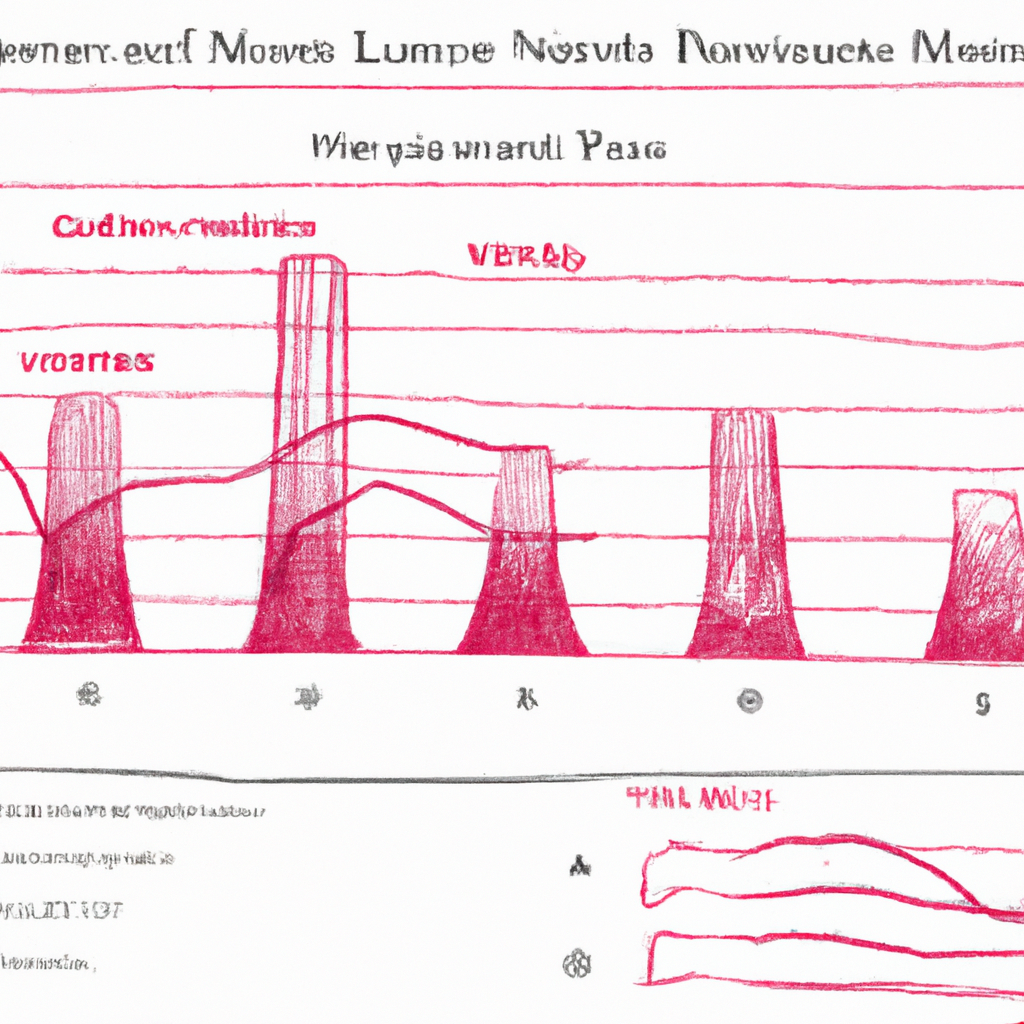
Critical Periods for Music Exposure
The effects of prenatal music exposure on newborns suggest that there may be critical periods during which musical stimuli can significantly influence development. Research indicates that the auditory cortex and neurons of a fetus stabilize and begin functioning in the last three months of pregnancy, making this a potentially crucial time for musical exposure. Studies have shown that musical sounds introduced during this period can affect subsequent infant behavior, with infants demonstrating the ability to discriminate between familiar and unfamiliar timbres shortly after birth.
Further evidence supports the idea that early exposure to music can influence vital functions such as heart rate, blood pressure, and respiration, indicating a profound impact on physiological development. Additionally, infants have been found to prefer consonant over dissonant intervals and can categorize rhythmic and melodic patterns, suggesting that early musical exposure can enhance perceptual and cognitive abilities.
Given these findings, it is essential to explore whether there are specific windows of time during which musical exposure is most beneficial for future musical development. Identifying these critical periods could help in designing targeted interventions to support and enhance natural brain development, potentially leading to improved musical capabilities and overall cognitive growth. Further research is needed to determine the exact timing and nature of these critical periods to optimize the benefits of prenatal and early postnatal music exposure.
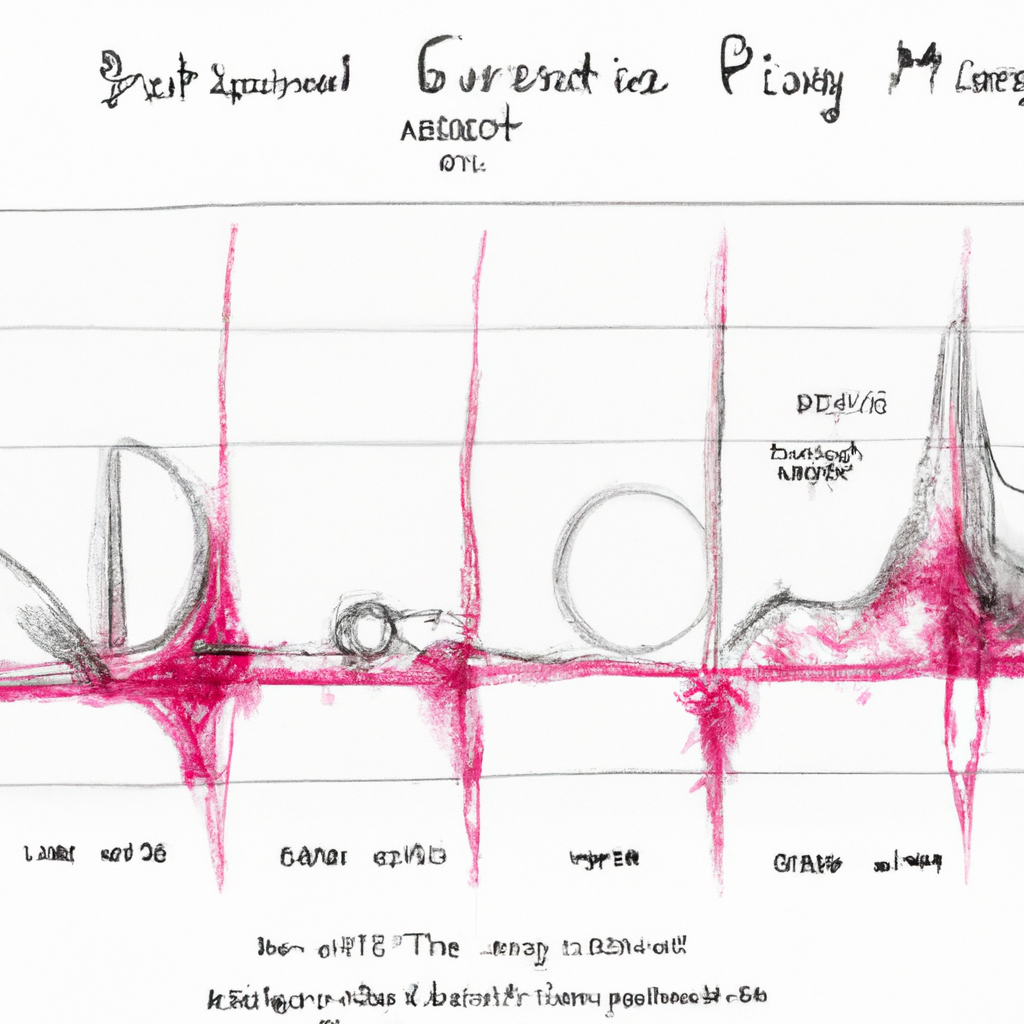
Conclusion
The effects of prenatal music exposure on newborns are profound and multifaceted. Research indicates that musical stimuli introduced during the last trimester of pregnancy can influence subsequent infant behavior. Studies have shown that fetuses respond to musical sounds, and these responses can be detected postnatally. For instance, infants exposed to specific musical timbres in utero can discriminate between those timbres and others shortly after birth. This suggests that prenatal music exposure may enhance auditory discrimination abilities.
Moreover, premature infants in intensive care environments have demonstrated differential changes in vital functions such as heart rate, blood pressure, and respiration when exposed to various musical styles. This indicates that music can have a calming and stabilizing effect on newborns, which could be particularly beneficial in medical settings.
The ability of infants to process and remember complex musical pieces further underscores the potential long-term benefits of prenatal music exposure. Infants as young as eight-and-a-half months can distinguish between different musical timbres and retain this information for extended periods. This early exposure to music may lay the foundation for more advanced musical and cognitive abilities as the child grows.
Overall, the evidence suggests that prenatal music exposure can positively impact newborns’ auditory processing, emotional regulation, and memory. However, further research is needed to explore the long-term developmental benefits and to identify any critical periods during which musical exposure is most effective. This knowledge could inform practices and policies aimed at optimizing early childhood development through music.
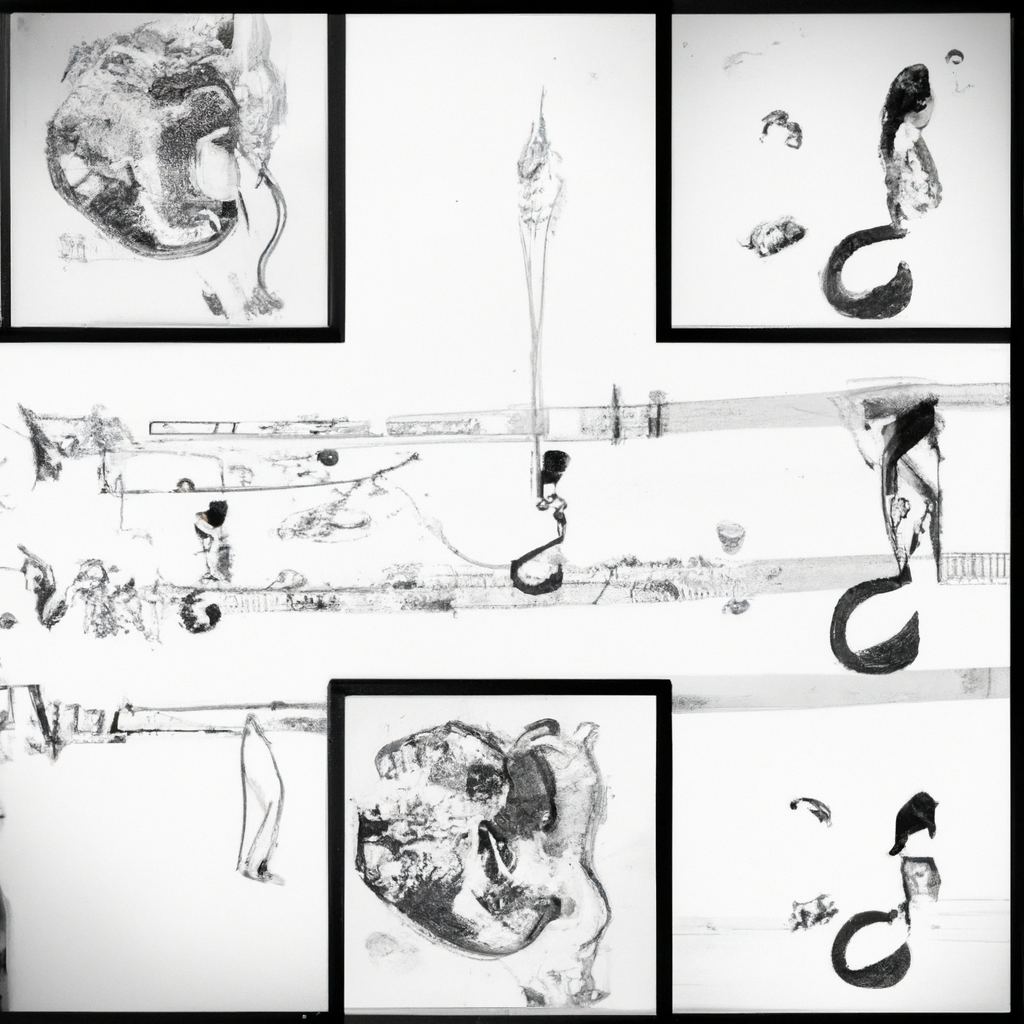
Thank you for reading our article on The Effects of Prenatal Music Exposure on Newborns. We highly value your feedback and invite you to take a brief survey to share your thoughts and experiences. Your responses will be kept confidential.
Dear Readers,
Welcome to my blog, where technology, music, and visual arts come together to spark creativity and growth. By subscribing, you’ll become part of a vibrant community committed to exploring and learning in these areas.
Select the type of engagement that suits you best:
Join us and enjoy tailored content and direct support suited to your interests.
